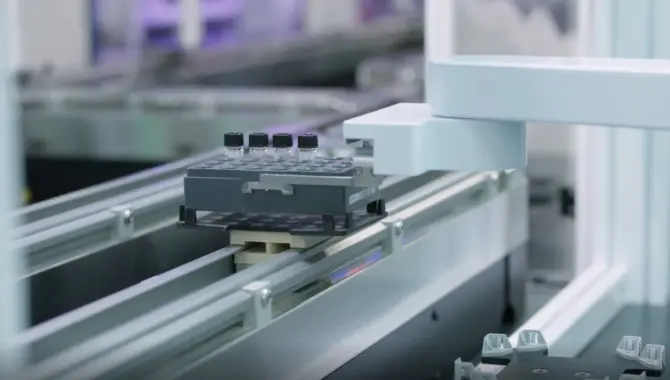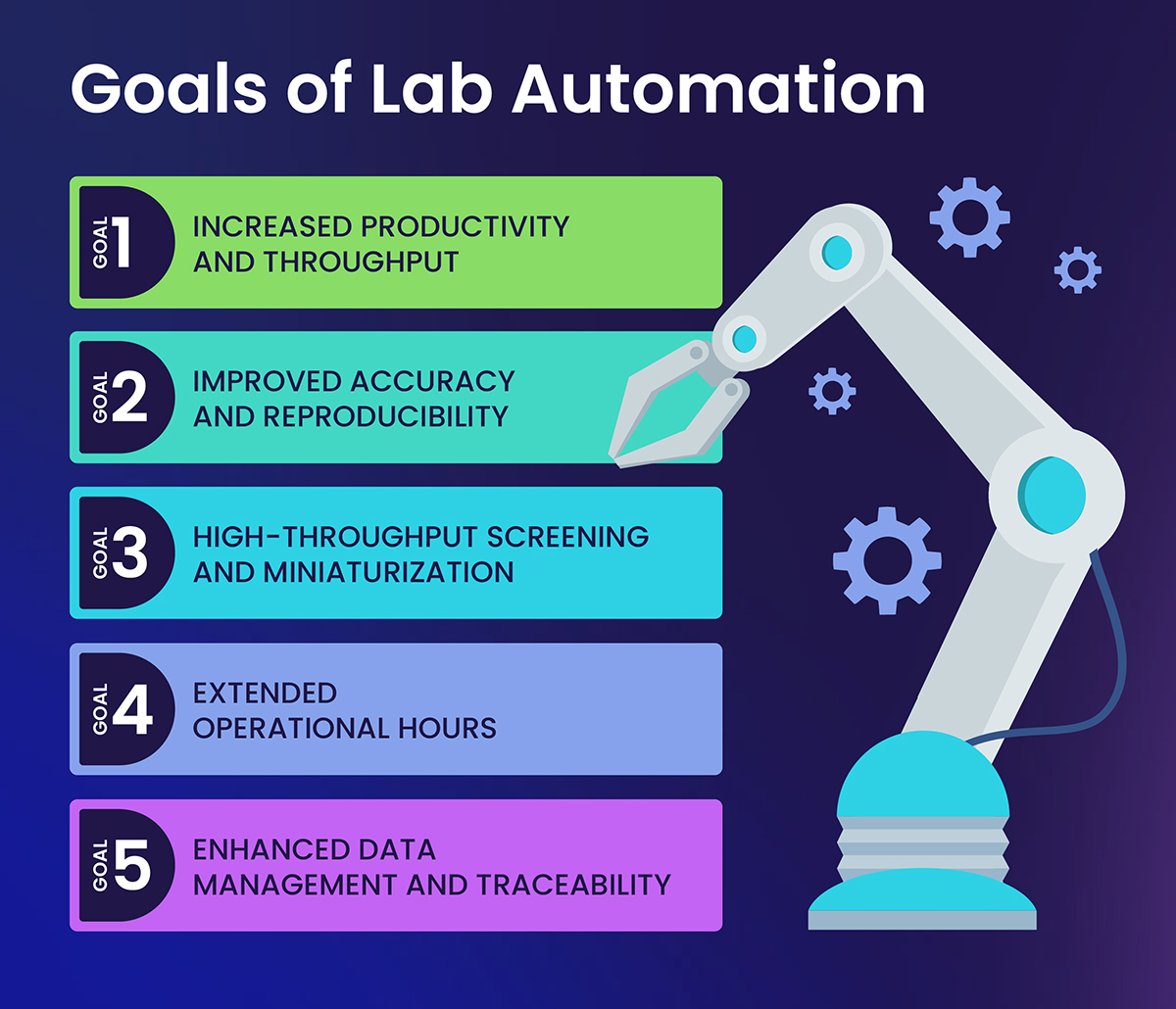
Lab automation has revolutionized the way scientific research and diagnostics are conducted. By integrating sophisticated tools and software, this technology streamlines workflows, improves accuracy, and enhances laboratory efficiency. Automated systems handle repetitive tasks, allowing researchers to focus on experimental design, data interpretation, and collaboration. In diagnostics, automation enables faster and more precise results, benefiting patients and healthcare providers alike. As lab automation advances, it opens up new possibilities for scientific exploration and transforms how we approach challenges in various fields, from basic research to clinical settings.
The Essence of Lab Automation
Lab automation refers to the utilization of various automated systems and devices to execute numerous laboratory tasks. These tasks can range from simple repetitive actions to highly complex procedures. By deploying robotic systems, liquid handlers, centrifuges, incubators, and more, lab automation endeavors to perform these operations with unmatched precision, consistency, and efficiency.
Goals of Lab Automation
1. Increased Productivity and Throughput
One of the primary aims of lab automation is to boost productivity. By automating labor-intensive and time-consuming tasks, the technology frees up scientists to concentrate on more critical research aspects. This shift speeds up the experimental process and increases the volume of work that can be handled, thereby enhancing throughput.
2. Improved Accuracy and Reproducibility
Human error is an inevitable part of manual laboratory processes. Lab automation minimizes these errors by ensuring that every task is performed precisely the same way every time, thereby improving the accuracy and reproducibility of experiments. This is particularly crucial in fields like pharmaceutical research and clinical diagnostics, where precision is vital.
3. High-Throughput Screening and Miniaturization
Automation is key to high-throughput screening (HTS), allowing labs to test thousands of samples or compounds quickly and efficiently. Additionally, it supports the miniaturization of assays, which involves handling smaller volumes of samples and reagents with precision, reducing costs and waste.
4. Extended Operational Hours
With automation, laboratories can continue to run experiments around the clock without human supervision. This not only speeds up research but also utilizes lab resources more effectively, as equipment can be operated overnight or during weekends.
5. Enhanced Data Management and Traceability
Modern lab automation systems come equipped with advanced data management capabilities. They automatically capture, record, and organize experimental data and metadata, ensuring easy traceability and reducing the likelihood of data loss or errors in data recording.

Implementing Lab Automation
Standalone Instruments to Integrated Systems
Lab automation can range from deploying standalone automated instruments to fully integrated systems controlled by sophisticated lab orchestration software. Depending on the laboratory's needs, automation can be customized to handle specific tasks such as pipetting, sample handling, reformatting, incubation, centrifugation, and data analysis.
Adoption Across Various Fields
Automation is widespread across multiple sectors, including pharmaceutical research, biotechnology, clinical diagnostics, and academic research laboratories. Each field benefits uniquely from automation, whether it’s speeding up drug discovery processes in pharmaceuticals or improving the accuracy of diagnostic tests in clinical settings.
Planning and Implementation
The journey towards full lab automation involves careful planning and execution. Laboratory managers must consider their specific needs, budget constraints, and long-term goals before implementing automation technologies. Here's our five-step process for designing and installing lab automation.
Interested in Lab Automation Solutions with Biosero?
Lab automation is more than just an enhancement to the laboratory; it is a fundamental shift in scientific research. By automating mundane and complex tasks, labs can focus more on innovation and less on routine processes. As automation technology continues to evolve, its impact on the efficiency, accuracy, and productivity of laboratories worldwide will only grow, paving the way for new discoveries and innovations. Reach out to Biosero’s automation experts if you would like to learn more.


Want to automate smarter, not harder? Join the Biosero newsletter and stay in the loop with the latest lab automation strategies, success stories, and product updates.

